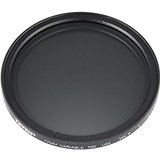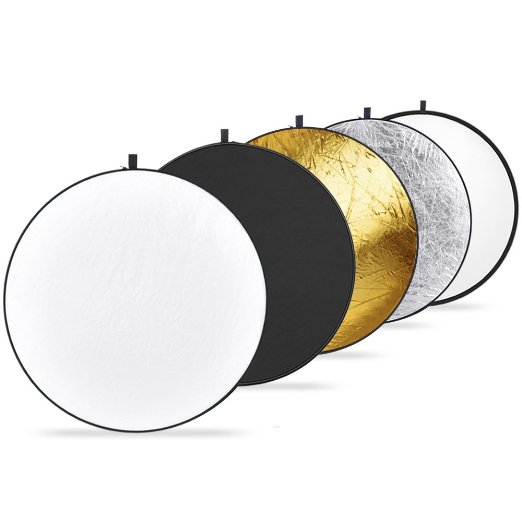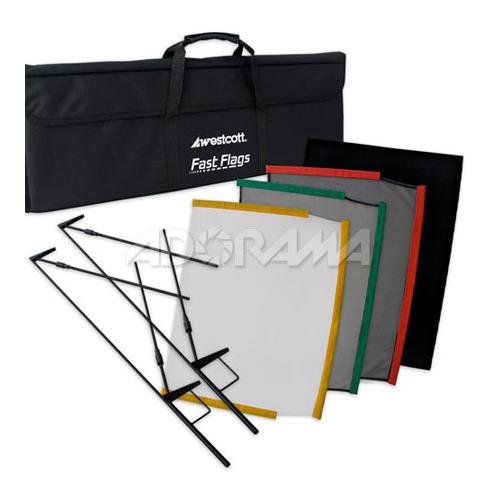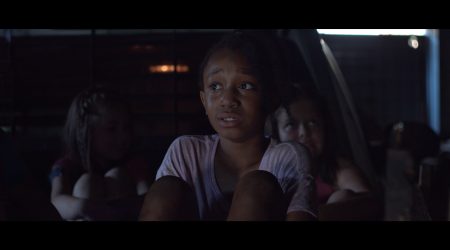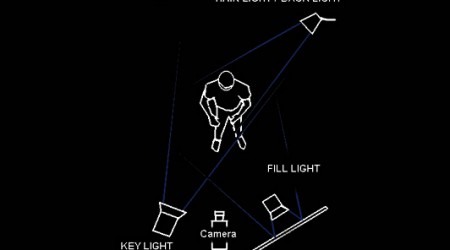Doors and Windows
Natural light coming from doors and windows can add texture and dimension to your compositions. Inexperienced cinematographers will avoid windows in fear of blowing out the highlights of their frame. However, with proper farming and control, window lighting can look stellar. A quick tip is that if your subject’s back is to the window, you’ll likely have a silhouette shot. You would need a lot more light to balance the window in that case. If your subject’s face is to the window, chances are you’ll get softer light that wraps around the face.

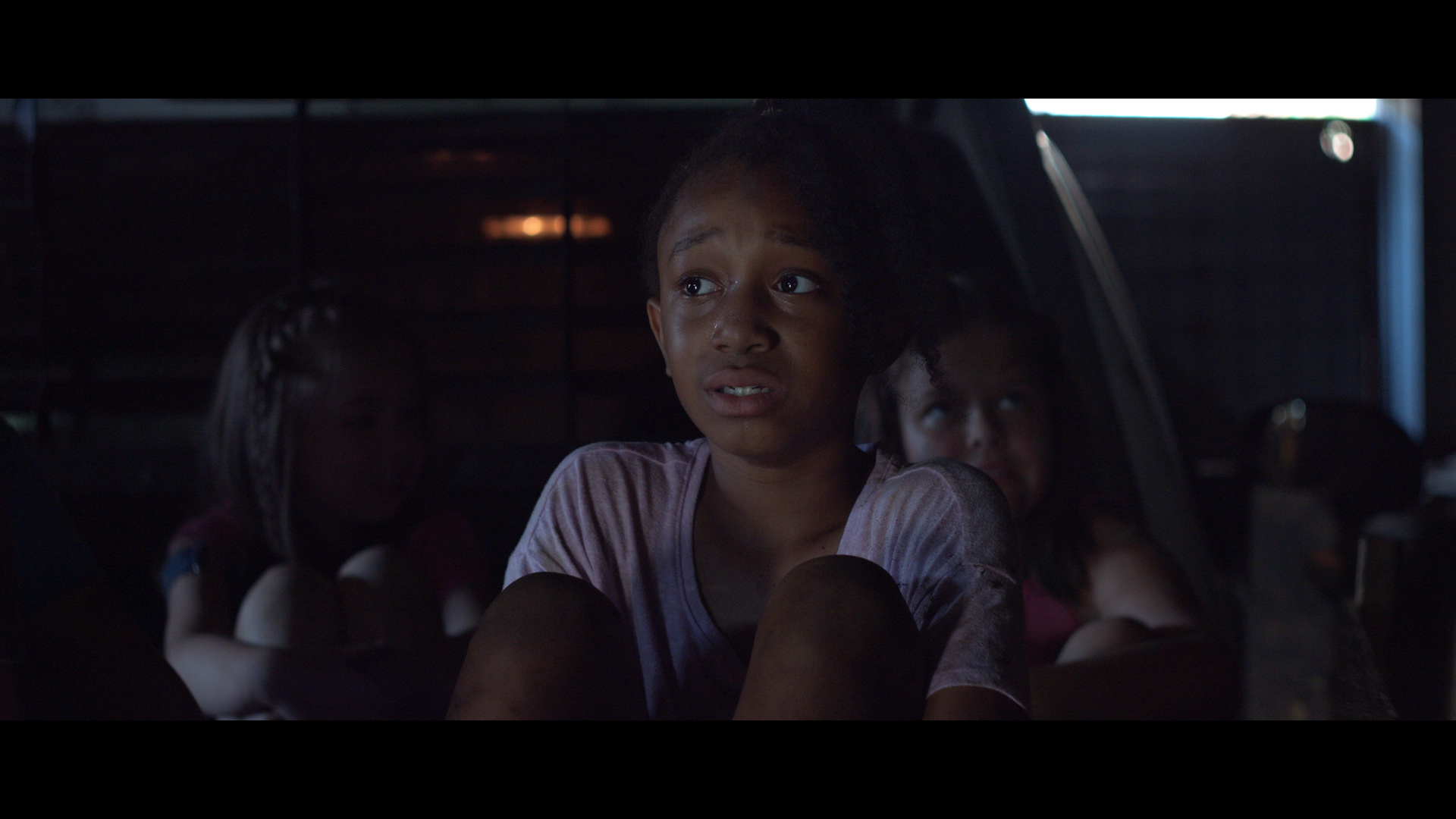
(Both examples above use a nearby door as the source of light to key the actress’s face)
Clouds
I like to call clouds “God’s diffusion.” Clouds are great diffusion. There are a few challenges with working on a cloudy day. Timing is everything. You can spend most of your time chasing the sun or waiting on cloud coverage if you aren’t careful. Also, reflectors can be helpful but your best bet will probably be using flags as negative fill.
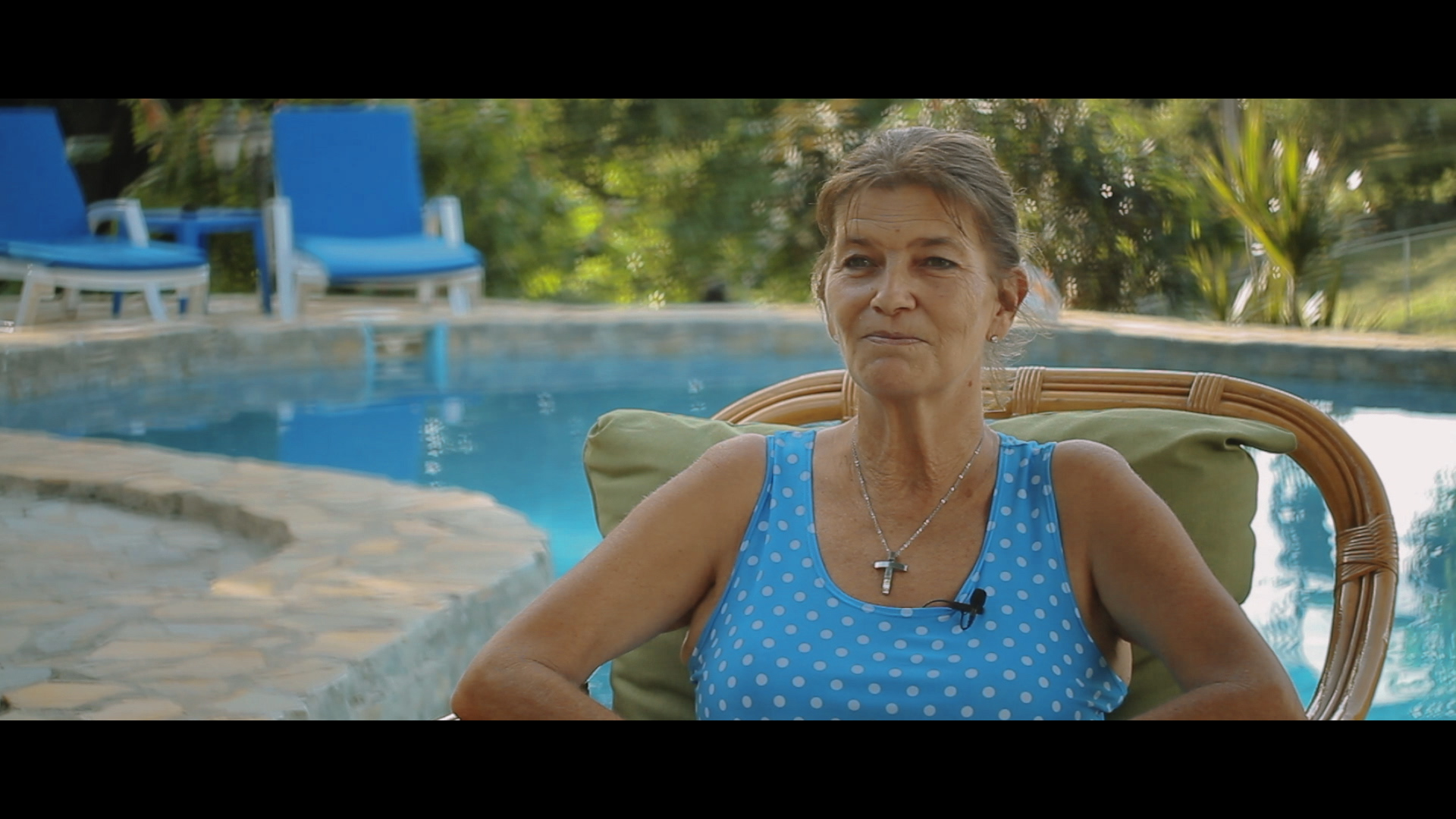
(Example above was shot with only cloud coverage)
ND filters
When filming outside, you definitely want to have a solid set on neutral density filters. This will help control the highlights in your sky, cut down the light hitting the sensor, which allows you to get a shallow depth of field.
Reflectors and Flags
Having reflectors and flags will help you control natural light. There are other tools out there but every shooter should have at least one reflector and something to flag light. Check out a previous blog I wrote on modifying light: http://gaddisvisuals.com/modifylight/
Use the sun as backlight
When shooting outside on a sunny day, using the sun as your backlight is your best bet for setting exposure. It’s never a great idea to have your talent face the sun directly, the lighting is harsh and your actor will probably be squinting.
Timing – Twilight hour and Golden hour
The golden hour is a period shortly after sunrise or before sunset during which the daylight is redder/golden and softer than when the sun is higher in the sky. This site will tell you when golden hour is happening wherever you are in the world: http://www.golden-hour.com
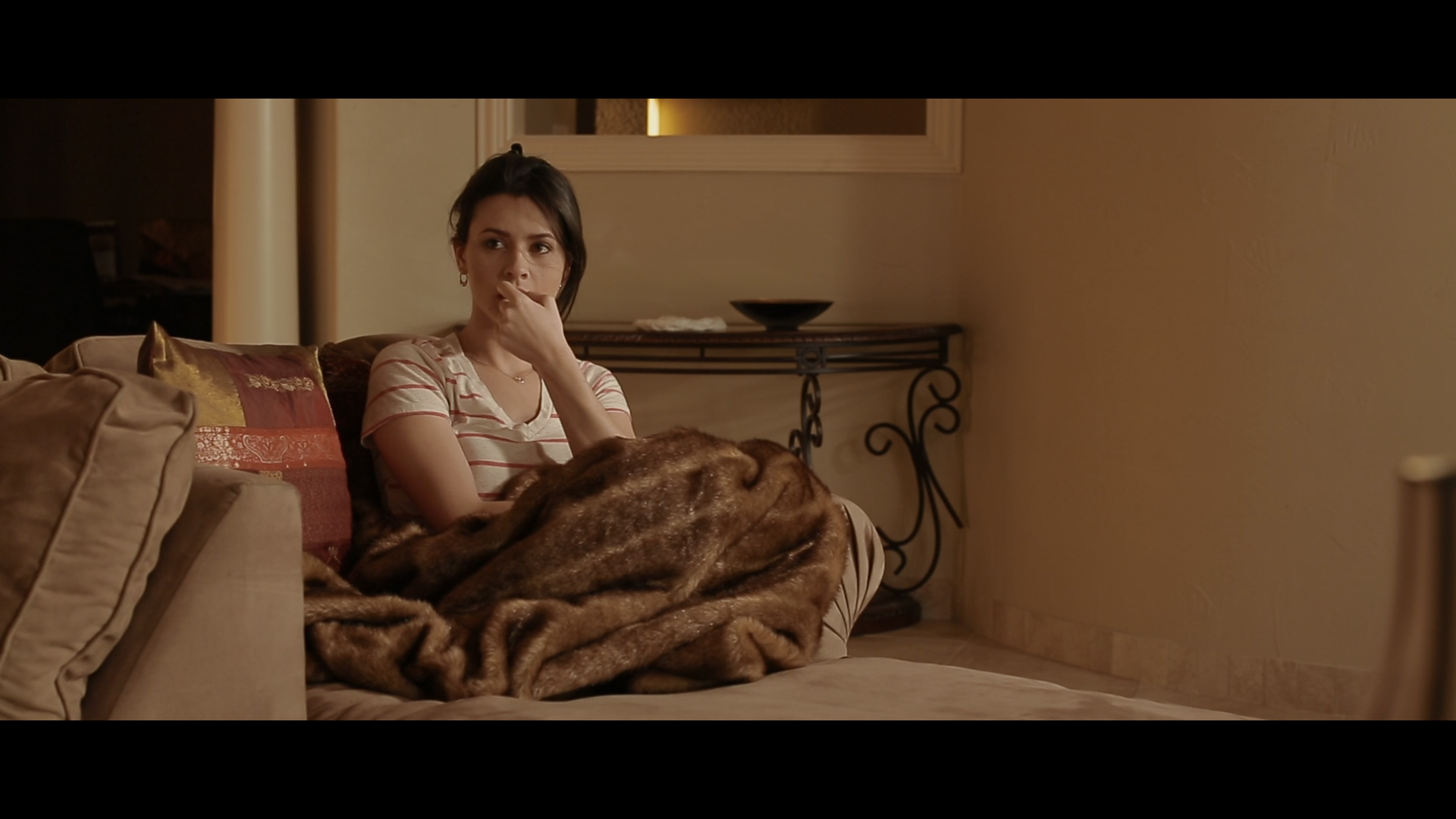

(Both examples of above were lit during golden hour indoors with the sun as the key light)
I’ve talked a lot about available or natural light. In closing, remember that knowing when to use practicals can make or break your frame. Be mindful of your locations and look for the best lighting. Set yourself up for success.
If you enjoyed this post, let me know. Join the Capturing Light Facebook community: https://www.facebook.com/groups/capturinglightcommunity/.
